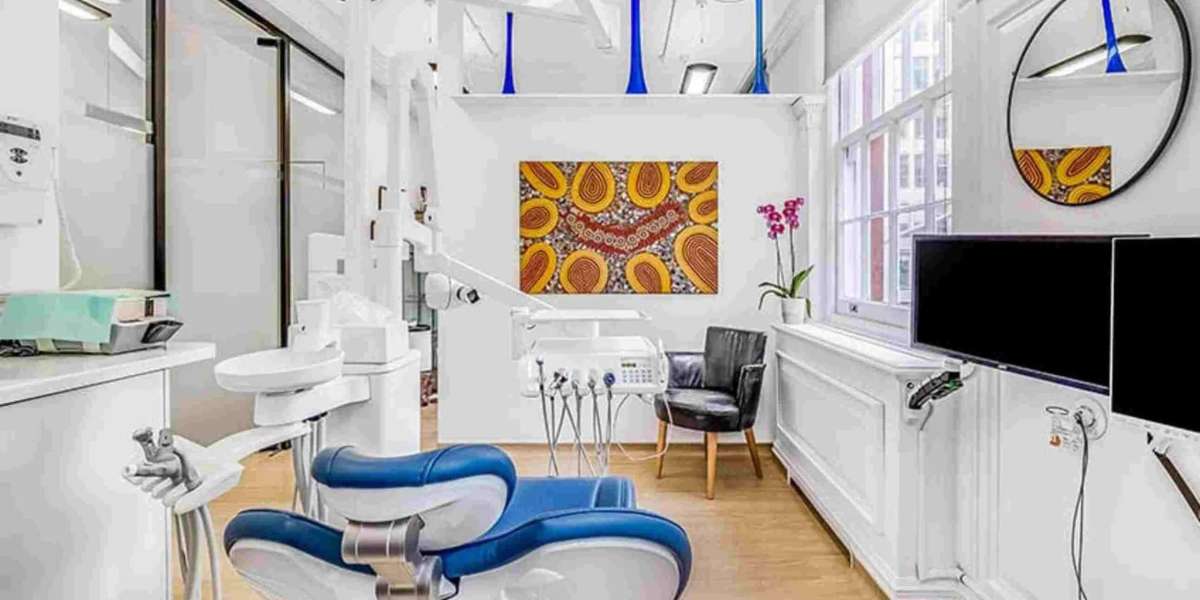When designing a dental clinic or decontamination area, the layout of the space plays a crucial role in both functionality and the overall experience for patients and staff. One of the key decisions that architects and designers face is whether to opt for an open or segmented design. Each of these design styles has its own set of advantages and challenges, which can significantly impact the flow, hygiene, and safety of the clinic or decontamination room. Let’s explore both design styles and determine which one is the best fit for your practice.
Understanding the Importance of Space Layout
Dental office design and decontamination room design are vital in ensuring efficiency, patient comfort, and, most importantly, hygiene. Whether the layout is open or segmented, it should support seamless workflows and meet stringent health and safety requirements. An effective design helps staff to perform tasks efficiently while ensuring that patients feel comfortable and safe.
In both dental and decontamination spaces, the layout must consider multiple factors: the need for sterilisation, privacy, patient flow, and the safety of both patients and staff. These considerations determine whether an open or segmented design would best serve the clinic's needs.
What Is an Open Design?
An open design typically refers to a space where walls or partitions are minimal, allowing for a fluid, interconnected layout. In a dental office, this could mean large, shared spaces where multiple treatment areas are visible to one another. Similarly, in a decontamination room design, an open layout could incorporate clear sightlines and easy access to equipment for cleaning and sterilisation processes.
Benefits of an Open Design:
- Improved Staff Communication: With minimal barriers between workstations, staff can communicate quickly and effectively. This design can increase collaboration among dental professionals and improve the speed and quality of patient care.
- Patient Experience: Open spaces can create a more welcoming environment for patients, making the practice feel less enclosed and more approachable. A light, airy design can help reduce anxiety, especially for nervous patients.
- Efficiency in Workflow: With an open layout, tools, equipment, and staff are all easily accessible, which can help reduce the time spent moving between areas. This is particularly advantageous in high-traffic areas like the decontamination room, where speed and cleanliness are critical.
- Cost-Effective: An open design can often be more budget-friendly, as fewer walls and partitions mean lower construction and materials costs.
Challenges of an Open Design:
- Lack of Privacy: The absence of physical barriers means that patient privacy can be a concern. Conversations and treatments could be overheard, making it difficult to maintain confidentiality in a dental office setting.
- Hygiene Risks: With more shared space, it may be harder to contain contamination in a dental or decontamination room design. The movement of staff and patients may introduce potential cross-contamination risks if not carefully managed.
What Is a Segmented Design?
A segmented design divides the space into clearly defined areas, each serving a distinct function. In a dental office, this could mean separate rooms for treatment, consultation, and waiting. In decontamination rooms, segments might include a space for washing instruments, a drying area, and a storage space for sterilised equipment.
Benefits of a Segmented Design:
- Enhanced Privacy: Segmented designs allow for more private spaces, where patients can receive treatment without the risk of being overheard. This design ensures that confidentiality is maintained in dental offices.
- Improved Hygiene Control: With distinct areas for specific tasks, such as sterilisation and patient care, a segmented decontamination room design reduces the risk of cross-contamination. The separation of clean and dirty areas helps maintain a high standard of hygiene.
- Specialised Spaces: With dedicated areas for particular functions, segmented designs allow you to optimise each room’s layout for its specific use. For example, the dental surgery area can be designed for ease of movement around the patient, while a separate consultation room can be focused on patient comfort and communication.
- Clear Workflow: The division of space into specific zones helps streamline the workflow. Staff can follow a clear path from one area to the next, reducing confusion and making it easier to manage time and resources.
Challenges of a Segmented Design:
- Limited Communication: With physical barriers between different areas, staff members may find it harder to communicate quickly. This can sometimes slow down processes and reduce team cohesion.
- Cost and Space Efficiency: Building separate rooms can increase construction and operational costs. It also requires more floor space, which might not always be available in smaller buildings.
Choosing the Right Design for Your Practice
When deciding between an open or segmented design for your dental office or decontamination room design, it’s important to consider the unique needs of your practice. Below are some factors to keep in mind:
1. Patient Needs and Comfort
For patient-facing areas, especially in an open dental office design might offer a more welcoming and less clinical environment. However, if privacy is a priority (such as in a consultation or treatment room), a segmented approach will ensure confidentiality and comfort.
2. Staff Efficiency and Workflow
In high-traffic areas like decontamination rooms, an open design could enhance staff efficiency by reducing the need to navigate around partitions. However, in areas requiring specialised tasks, such as instrument sterilisation, a segmented layout might be more appropriate to avoid cross-contamination.
3. Space and Budget Constraints
If you are working with limited space or a tight budget, an open design might be the better option. Fewer walls and partitions can maximise available space and reduce construction costs. On the other hand, if your practice has ample room and budget to create dedicated areas, a segmented design can optimise each space’s functionality.
4. Regulatory Requirements
It’s essential to consider regulatory standards when designing decontamination rooms, as these spaces require specific guidelines to maintain cleanliness and prevent contamination. In some cases, a segmented design may be mandated for these spaces to ensure the proper segregation of clean and dirty areas.
Conclusion: Striking the Right Balance
Both open and segmented designs have their advantages and challenges, but the best choice will depend on the unique needs of your dental practice or decontamination room. By considering factors like patient experience, staff efficiency, space constraints, and regulatory requirements, you can create a layout that ensures both practicality and a positive atmosphere for patients and staff alike.
At Divo Interiors Ltd, we understand the importance of designing spaces that work efficiently while also providing a comfortable environment for patients. Whether you opt for an open or segmented design, ensuring that your layout meets both functional and aesthetic needs will contribute to the success of your dental practice.



